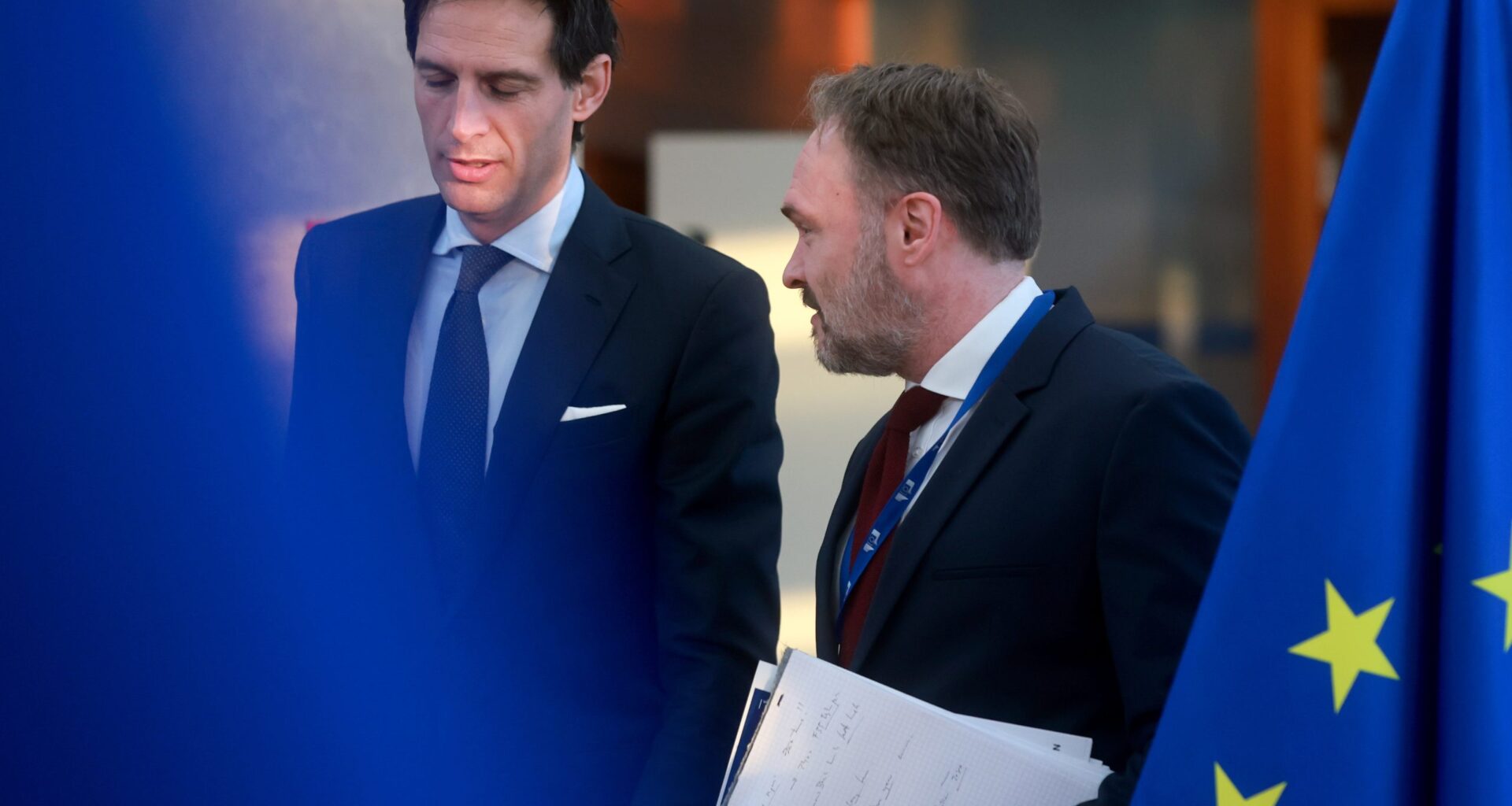The EU’s upcoming 2040 climate target is shaping up to be its most politically divisive yet, with a proposed 90% emissions cut sparking fierce debate across Europe as the bloc charts a path to net-zero by 2050.
The European Commission looks set to present a headline 90% cut in overall emissions by 2040 from a 1990 baseline. This target is intended to keep Europe on track to help limit global warming to well below 2°C above pre-industrial levels.
But the target is far from universally popular, despite signs of public support.
French President Emmanuel Macron has warned against “overburdening” the EU with an overly ambitious target, aligning with a campaign led by Poland, Italy, and Czechia – all of which argue that a 90% cut would be too costly for the EU economy.
Others, including Denmark and the new German government, argue that 90% is the bare minimum that Europe should aim for.
At the heart of the disagreement lies an assessment by the EU’s climate science advisory board, which maintains that Europe must cut emissions by at least this amount to remain within climate limits – a stance endorsed by the Commission’s top climate officials.
On the other side of the argument is the Berlin-based Centre for European Policy. The free-market think tank argues a 78% target would represent a more politically feasible linear reduction path towards net-zero by 2050.
Such analyses may appeal to politicians concerned that aggressive climate action could harm the economy – or their standing with voters.
Polish Prime Minister Donald Tusk, pointing to an incoming carbon price on heating and motor fuels, has warned that EU climate policies are contributing to “high energy prices” that could “bring the downfall of many democratic governments”.
Once adopted by MEPs and governments, the 2040 target will become legally binding. Some opponents already say they are being cornered into accepting a figure they consider too high.
A tight deadline
Normally, it takes European lawmakers about a year (or more) to turn a Commission proposal into legislation. But the global climate diplomacy cycle demands immediate action.
Like most parties to the Paris Agreement, Brussels has already missed a February deadline to submit its 2035 emissions reduction pledge to the UN – a key input for a global climate action progress report that should headline the upcoming COP30 summit in Brazil.
Without a target from Brussels, international climate action risks stalling, especially following Donald Trump’s withdrawal of the US from the agreement for a second time.
But the EU’s 2035 goal, known as ‘nationally determined contribution’ or NDC in EU jargon, requires unanimous agreement from all 27 EU member states and must align with the final 2040 target.
The clash between both camps is heating up because environment ministers are due to convene for an extraordinary summit on 18 September, just one week before the UN General Assembly in New York. Some form of agreement will need to be reached by that date.
Shaping the future
Another reason many EU members are wary of a high 2040 target is concern over what comes next: the legislation required to meet it.
Once the target has been set, the European Commission will need to present a raft of new legislation to put the EU on track to achieve an expected 90% reduction in emissions.
However, unlike with the EU’s 55% target for 2030, which was largely absorbed by the power sector, other industries will now have to step up.
(rh, de)
